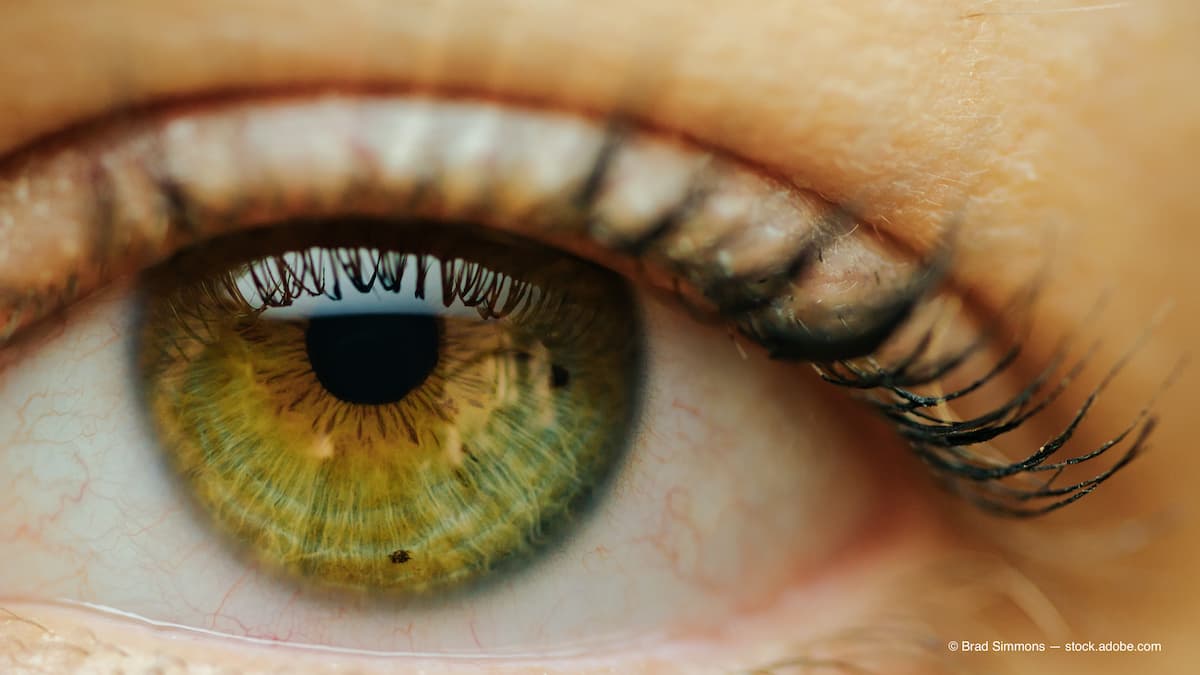Herpesvirus DNA identified in corneal grafts
A recent study showed herpesvirus DNA in a high percentage of corneal grafts after transplantation.

Herpesvirus DNA was discovered in a high percentage of corneal grafts after transplantation. This discovery underscores the need for routine herpes simplex virus (HSV-1) and varicella zoster virus (VZV) PCR testing in all explanted corneas according to Julia Bing Bu, MD, and colleagues from the Department of Ophthalmology, University Medical Center of the Johannes Gutenberg-University Mainz, Mainz, Germany.
“Graft failure after penetrating keratoplasty (PK) is a serious complication, especially in eyes with herpetic keratitis (HK),” the authors commented.
Bu and colleagues retrospectively evaluated the prevalence and graft survival of HSV-1 and VZV DNA in recipient corneas during PK between January 2020 and June 2021. They performed polymerase chain reaction (PCR) on all excised corneal buttons regardless of the primary clinical diagnosis.
A total of 112 consecutive patients (112 eyes) who underwent PK were included in the study. When PK was performed, 91 (81.25%) patients had no history of HK and the 21 (18.75%) remaining patients did have a history.
Of the 91 with no history of HK, in 12 (13.2%) eyes, the recipient corneas were positive for HSV-1 DNA, 3 (3.3%) eyes tested positive for VZV DNA, and in 2 (2.2%) eyes tested positive for both.
Among the 21 eyes that were positive for HK preoperatively, the recipient corneas tested positive for HSV-1 DNA in 13 (61.9%) eyes and VZV DNA in 1 (4.8%) eye. All patients with positive herpes DNA tests and no history of HK before they underwent PK were treated with antiherpetic drugs and had a 100% graft survival rate after 1 year.
The authors concluded, “We found herpesvirus DNA in 18.7% of recipient corneas without clinical suspicion or history of herpes keratitis. This suggests the need for routine HSV-1 and VZV PCR testing in all explanted corneas regardless of clinical suspicion to detect, treat, and prevent possible recurrence of herpes infection in corneal grafts and support graft survival.”
Reference
1. Bu JB, Grabitz SD, Pfeiffer N, Wasielica-Poslednik J. Prevalence of herpesvirus DNA in corneal transplant recipients. J Clin Med 2023;12:289;https://doi.org/10.3390/jcm12010289
Newsletter
Want more insights like this? Subscribe to Optometry Times and get clinical pearls and practice tips delivered straight to your inbox.